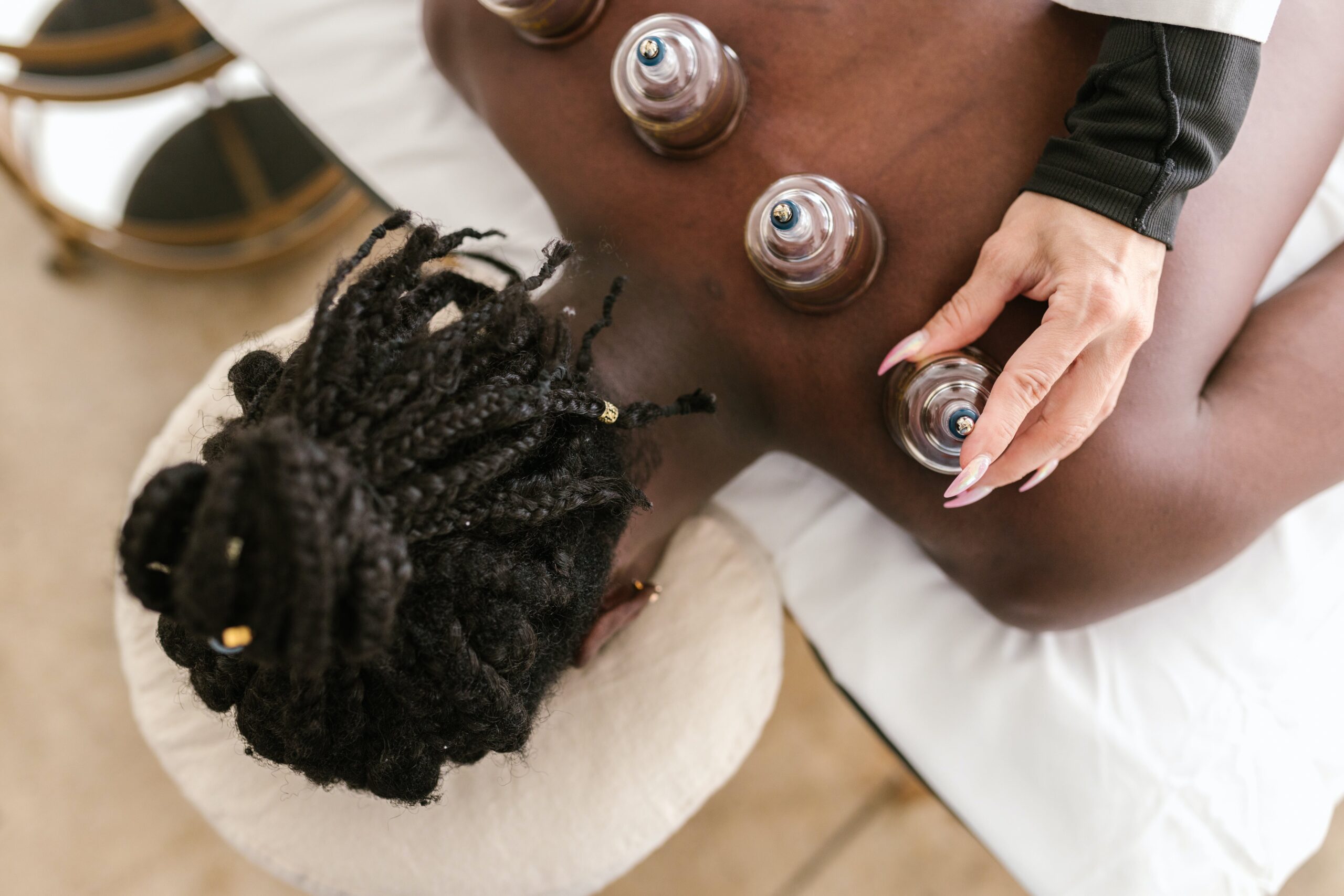Cupping massage, rooted in centuries-old healing practices, has transcended time and evolved into a versatile therapeutic modality. Across various cultures and traditions, cupping massage has endured as a unique technique aimed at promoting healing, reducing pain, and fostering relaxation. This article aims to explore the intricacies of cupping massage, its diverse techniques, potential health benefits, and considerations for those considering this holistic therapy.
1. Understanding What is Cupping Massage
Cupping massage involves the placement of cups—usually made of glass, silicone, or bamboo—on the skin. The cups create suction by either using heat or mechanical pumps, drawing the skin and superficial muscle layers upward into the cups. This suction is believed to stimulate blood flow, encourage lymphatic drainage, and relieve muscle tension, facilitating the body’s natural healing processes.
2. Variations in Cupping Techniques
Throughout history, cupping techniques have diversified into various forms, each with its unique applications and benefits. The two primary types of cupping are dry cupping and wet cupping. Dry cupping involves solely creating suction, while wet cupping involves small incisions on the skin to draw out a small amount of blood. Other methods include fire cupping, where heat generates the suction, and moving cupping, where oils are applied, and the cups are moved across the skin.
3. Health Benefits of Cupping Massage
Pain Relief and Muscle Relaxation: The suction created by cupping massage is thought to relieve muscle tension, reducing pain and promoting relaxation. This technique is often used to target areas prone to chronic pain, such as the back and shoulders.
Improved Blood Circulation: Cupping massage is believed to enhance blood circulation, promoting the delivery of oxygen and nutrients to tissues while aiding in the removal of metabolic waste products, thus supporting the body’s healing processes.
Stress Reduction and Relaxation: Many individuals find cupping massage sessions to be deeply relaxing, providing a sense of calmness and reducing stress levels. The combination of physical relief and mental relaxation contributes to its popularity in holistic wellness practices.
4. Effectiveness in Specific Conditions
Cupping massage has shown promise in managing various conditions. It’s been reported to help individuals with chronic back pain, migraines, rheumatoid arthritis, and respiratory conditions like asthma. Moreover, it’s believed to improve skin health by promoting circulation and reducing cellulite appearance.
5. Safety and Precautions
While generally considered safe, cupping massage may lead to mild side effects such as skin discoloration, bruising, or discomfort. Individuals with skin conditions, pregnant women, or those on blood-thinning medications should consult healthcare professionals before considering cupping therapy.
6. Procedure and Experience During Cupping Massage
During a cupping massage session, cups are placed on specific areas of the body, creating a sensation that varies from mild pulling to a more intense suction. This experience, lasting around 10 to 15 minutes, results in circular marks known as “cupping marks,” which typically fade within a few days.
7. Comparison with Other Massage Techniques
Cupping massage differs from traditional massage modalities like Swedish or deep tissue massage by employing suction rather than manual pressure. While some may find cupping uncomfortable initially, others appreciate its unique therapeutic effects, which complement more conventional massage techniques.
Conclusion
In conclusion, cupping massage, with its historical roots and multifaceted techniques, offers potential therapeutic benefits that extend beyond conventional massage therapies. The practice’s ability to address pain, promote relaxation, and stimulate the body’s natural healing processes positions it as a valuable addition to holistic wellness practices. Consulting healthcare professionals and certified therapists is advisable for a safe and personalized cupping massage experience.
FAQs
- Is cupping massage painful?
- Sensations during cupping massage vary. Some may feel mild discomfort due to suction, while others find it relaxing. Pain levels are subjective.
- How long do cupping marks last?
- Cupping marks, typically circular and red or purple, fade within a few days. They indicate improved blood flow and are not usually painful.
- Can cupping massage help with cellulite reduction?
- While not a definitive cure, cupping massage may reduce the appearance of cellulite by promoting circulation and tissue health.
- Who should avoid cupping massage?
- Individuals with skin conditions, pregnant women, or those taking blood-thinning medications should consult healthcare professionals before opting for cupping therapy.
- How often should one undergo cupping massage?
- Frequency varies based on individual needs and goals. It’s advisable to discuss frequency with a qualified therapist or healthcare professional.

Leave a Reply